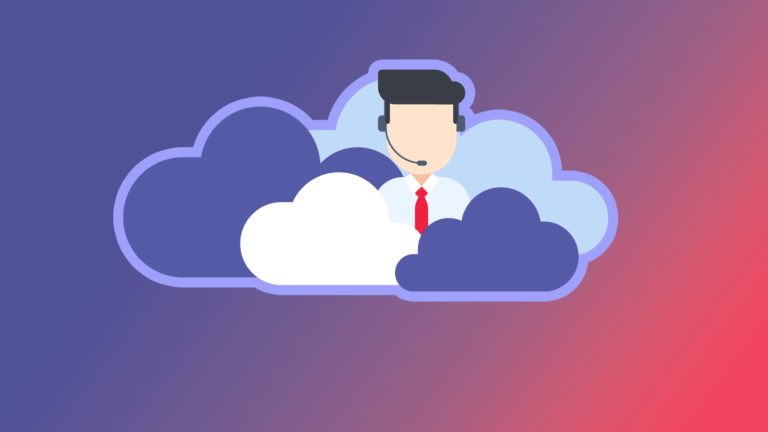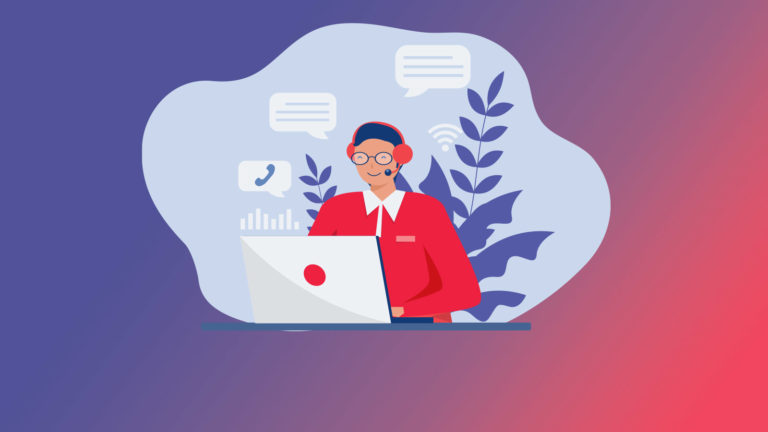[vc_row][vc_column][vc_column_text css=”.vc_custom_1635436720208{padding-bottom: 3% !important;}”]Due to their instant access to information, the mobile customer is considered to be incredibly informed. They are also thought of as less accepting of impersonal service than the traditional channel customer. This can lead to higher customer expectations.
The demands of the mobile customer include:
- Faster response times
- More customized visuals (like maps and illustrations)
- Personalized service
- Immediacy of information
- Instant connectivity to an agent when needed
- Options for “Their Time and Their Channel” mentality
- Single sign-in to all channels
Supporting mobile communication channels can be a seamless conduit to existing channels, like phone, chat, social communities, and others. But it of course does much more. Mobile is a fast-evolving and vast ecosystem, and I believe we need to think of and manage it as such. Mobile channels are currently the fastest growing communication channel that contact centers need to adapt. The COVID-19 pandemic has only accelerated the adoption of mobile channels, with many analysts seeing a massive growth in mobile phone usage during the pandemic.
From a contact center perspective, I encourage you and your team to begin (or keep) pushing along three fundamentally important aspects of strategy and planning when building out mobile services and support:
Ensure your organization is aligned
As any seasoned contact center manager knows, “self-service” tools impact virtually all types of customer interactions, including traffic patterns, handling times, the nature and demands of existing contacts (e.g., agents become de facto tech support for web and mobile services) and customer expectations. For all the potential and positive impact of these new capabilities, rollouts can create new problems in service expectations and delivery. The solution? Create a cross-functional team with a comprehensive view of the customer experience, and then incorporate forecasting and planning activities into the ongoing rollout. The results improved quickly.
Anticipate evolving customer expectations
There are 10 primary expectations customers have when interacting with organizations, whatever the channel and whether by self-serve, agent-assisted, or any combination. With your cross-functional development team, think through how these expectations are evolving and where they are likely to go in coming months:
- Be accessible
- Treat me courteously
- Be responsive to what I need and want
- Do what I ask promptly
- Provide well-trained and informed employees
- Tell me what to expect
- Meet your commitments and keep your promises
- Do it right the first time
- Follow up
- Be socially responsible and ethical
Update your customer access strategy
Use the worksheet on page three as a self-check to help you develop or refine a customer access strategy that’s specific to mobile.
Final Advice
As you’re developing your mobile strategy, take time to consider all the ways mobile should integrate with other service channels. Data from mobile interactions should carry through across channels. For example, if a customer tries to reset their password in the mobile app, but is unsuccessful, you can send an email or SMS message to let them know the next steps for account recovery. Again, this coordinated approach is possible with a customer service platform that allows a single conversation across all channels. Cloud versions are nimble, easy to deploy, and also ensure new channels can be added as needed.
Mobile Self-Check
For other integrated contact center best practices on social, chat, email, mobile, and omnichannel cloud download our full whitepaper with ICMI “Essential Best Practices for Seamless, Integrated Service in the Contact Center.”[/vc_column_text][/vc_column][/vc_row]




